Competitive shooting is one of the best ways to practice and increase your firearm-handling skills. It is rewarding when you prevail and a nonstop challenge of your abilities. And it can become quite addicting once you catch the competition bug.
I am the team captain for the Fieldcraft Survival Practical Shooting Team and I can tell you that starting your journey in shooting sports may be much easier than you think. I spent my first season as a United States Practical Shooting Association (USPSA) match director hosting hundreds of people at my local club and I’ve shot in more than 200 matches over two years.
So let’s get you taking those first steps into the world of competition shooting.
RELATED – What’s Behind the Supposed ‘Magic’ of the 28-Gauge?
What Is Competition Shooting?
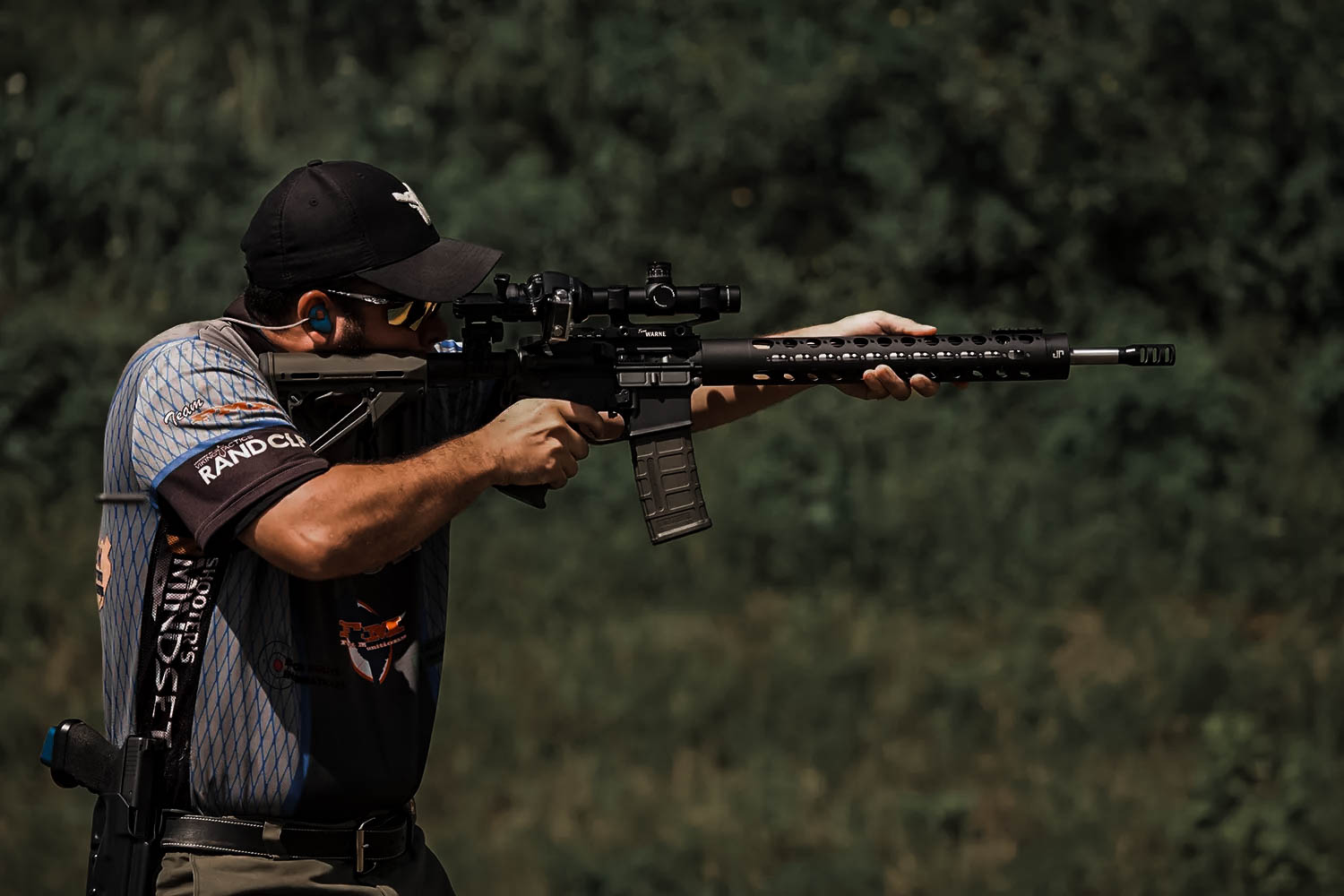
If you are reading this, there is a good chance you already have an idea of what competition shooting is. The term “shooting sports” covers a wide array of disciplines with different types of firearms. Each discipline has its own rules and requirements for the shooter and gear. The first and the best thing you can do is read the rule book for the discipline you are shooting. Generally speaking, each discipline focuses on a variation of accuracy, time, and athleticism. Some of the most popular disciplines are:
- USPSA: This is one of the fastest-growing shooting sports with more than 31,000 members nationally. It is a national governing body of practical shooting in the US under the International Practical Shooting Confederation (IPSC).
- International Defensive Pistol Association (IDPA): “IDPA is the use of practical equipment including full charge service ammunition to solve simulated real-world self-defensive scenarios using practical handguns and holsters that are suitable for self-defense use. The main goal is to test the skill and ability of an individual” — IDPA
- 3-Gun (Pistol, Shotgun, and Rifle): 3-gun is different from USPSA and IDPA because there isn’t a formal governing body. Rules are generally the same, but some specific clubs or matches might have their own variation on certain procedures. This discipline focuses on three different shooting platforms: pistol, shotgun, and rifle. 3-gun typically includes longer stages with more obstacles.
- Other Disciplines: 2-Gun Action Challenge, Precision Rifle Series, NRA Action Pistol, Bullseye, Trap and Skeet, Sporting Clays, International Practical Shooting Confederation, Steel Challenge.
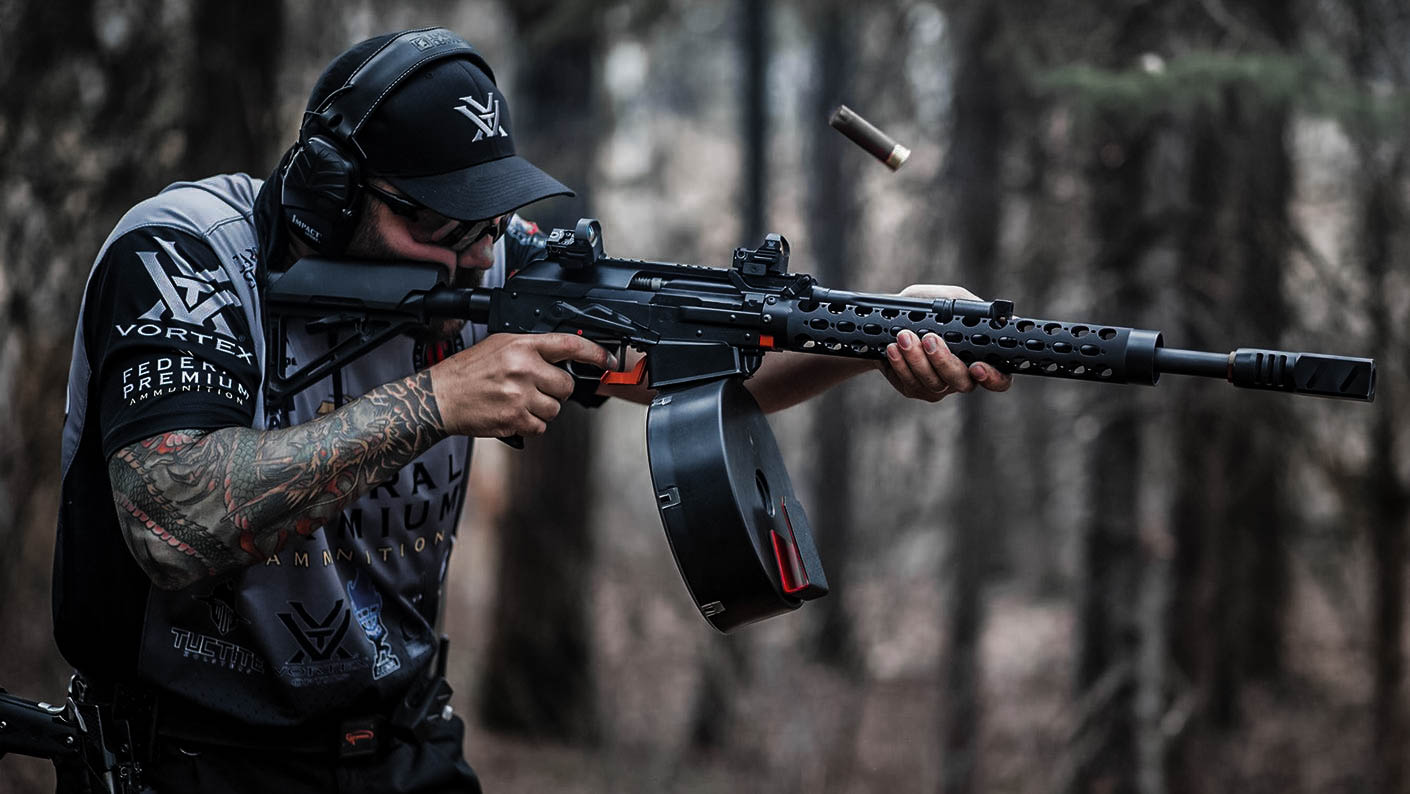
Shooting competitively doesn’t require any qualifications. The main objective is to get through the course of fire safely. Almost all shooting matches will be at a cold range. This means your gun will remain unloaded until instructed to load and make ready by the range officer.
During the course of fire, it is important to practice all the rules of gun safety and to be especially mindful of your muzzle, and keep it pointed in a safe direction at all times. This is referred to as the 180-degree rule — your muzzle can not break that plane, or it will result in disqualification from the match. The shooter also must show trigger discipline by removing their finger from the trigger guard while moving, and abide by all other posted competition safety rules.
One of the most welcoming aspects of competition shooting is the different classification levels and different divisions. In USPSA and IDPA you compete against people who are the same level shooter as you with similar equipment. This helps create an equal playing field and gives you milestones to achieve and aspire to.
RELATED – Gun Sales 2021: 5.4 Million Americans Bought a Firearm for the First Time
What Equipment Is Needed to Compete?
When first starting out, most clubs will be lenient about the equipment you have. When you start competing more seriously, you will need to follow the rules of the division and discipline you are shooting.
I always welcomed new shooters to come and shoot with what they have. Your first few matches are learning experiences. I discourage people from going out and buying new gear before they participate in a match. After shooting a handful of matches, you’ll understand what equipment might benefit you. I made this mistake before I started shooting regularly. I was buying everything under the sun, and after two seasons, I didn’t use any of the gear I impulsively purchased when I was starting out.
You will grow as a shooter the more you compete and get more dialed in to the gear you rely on.
FIREARM
Each discipline will have its own firearm spec rules for each of the different divisions. Whatever firearm you own, it is likely it will fall into one of the following divisions:
| USPSA | IDPA | 3-Gun |
| Open | Custom Defensive Pistol (CDP) | Limited |
| Limited | Enhanced Service Pistol (ESP) | Tac Ops |
| Carry Optics | Stock Service Pistol (SSP) | Open |
| Pistol Caliber Carbine | Revolver (Rev) | Heavy Metal |
| Production | Carry Optics (CO) | 2 x 4 (Rifle & PCC) |
| Single Stack | Pistol Caliber Carbine (PCC) | 2 Gun |
| Limited 10 | Back-Up Gun (BUG) | |
| Revolver | Concealed Carry Pistol (CCP) |
Suppose your everyday carry is a Glock 19 handgun with minimal modifications. In that case, you will likely shoot Production for USPSA, Stock Service Pistol (SSP) or Concealed Carry Pistol (CCP) for IDPA, or Limited for 3-Gun (that is also dependent on your other guns for this discipline).
If you are carrying a firearm that has a compensator, flashlight, trigger modifications, and a red dot, you are likely to shoot Open for USPSA and Open for 3-Gun. You won’t qualify for IDPA as there isn’t a division that allows for compensators.
As I said before, most local matches will allow you to use whatever equipment you have when you first get started. When you move into major matches such as sectionals, regionals, state matches, and nationals, you must adhere to all rules per the discipline.
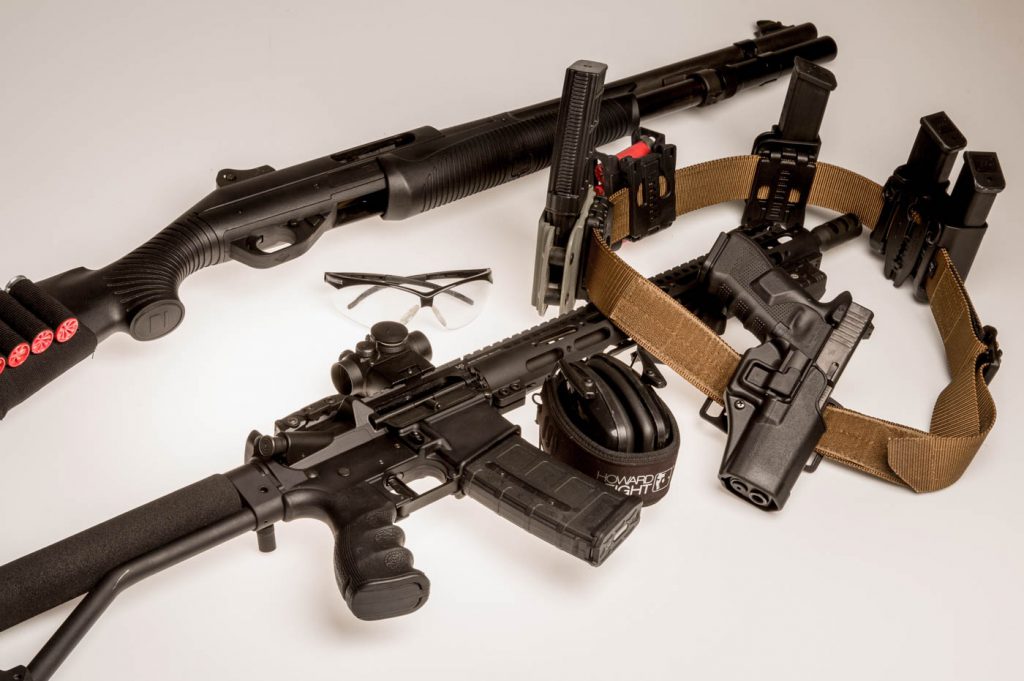
The rule books for each of these disciplines will list all requirements for each division. To find the division that best suits you, I recommend reading through the descriptions and seeing which applies to the gear you currently shoot.
As you start to participate in matches, talking with the local competitors also will help provide a guiding light. That was the main resource I used when I first got started. It is one thing to read about it. It is another to experience it and be able to have your questions answered in a dialogue. Most experienced shooters are happy to see new people at the range, so don’t be shy about asking questions.
RELATED – GOEX Plant to be Revived: American Blackpowder is Back in Business
FIREARM ACCESSORIES
There has not been another time in firearm history that allows the user to customize their firearms as much as they can now. Some accessories will improve your shooting more than others. Know that you do not need to modify your firearm; it is simply an option to help optimize your experience.
Some of the most common upgrades people make to their firearms are sights, triggers, recoil springs, magazine extensions, and grip modifications.
SIGHTS
Sights are usually the first priority for people to change. This goes for iron sights and electronic dot sights. If you are shooting iron sights, fiber optic front sight posts are preferred. This allows the shooter to be more precise when aiming.
Fiber optic front sights are generally thinner than factory front sights. A thinner front sight post will allow for more light to come through when lined up with the rear sight. That helps with sight acquisition at speed. Some companies to look at are Dawson Precision, Wilson Combat, and Warren Tactical.
Electronic red-dot sights have become increasingly popular over the past few years. They allow the shooter to be target-focused throughout their entire course of fire. All you do is place the dot where you would like the round to go. Some firearms come ready to install an optic, including the Glock MOS, M&P9 CORE, and Canik TP9 SFx.
Red dots range in price and characteristics. Different companies offer different sight profiles, lens sizes, reticle colors, and styles. Some of the best value optics are the Holosun 507c X2 and the Vortex Viper; both can be had for around $360 with excellent warranties. The choice optics for competition are the Trijicon SRO and Sig Sauer Romeo 3XL; both optics are north of $500. It is generally accepted that an electronic dot sight is easier to shoot, but that is something you should find out for yourself.

RELATED – Ride Hard, Shoot Straight: A Veteran Discovers Cowboy Mounted Shooting
TRIGGER
I am sure most of you have heard of a competition trigger, but what does that really mean? It means that the trigger has a lighter pull weight, reduced travel, and a custom wall where the trigger “breaks.” The break refers to where the trigger engages the sear to drop the hammer or striker.
Please note that some divisions don’t allow a trigger to be modified. There are various companies that offer aftermarket triggers for many gun models. The main reason competitors modify a trigger is to have a more consistent pull and be able to shoot their gun faster in succession. A clean, light break also improves accuracy.
RECOIL SPRINGS
Tuning your recoil spring will help manage felt recoil. Most factory guns come with a recoil spring to handle all ammunition under the sun. If you end up shooting a lighter recoiling round, you can run a lighter spring in your gun. This allows there to be less felt recoil because your gun isn’t cycling as violently. Less felt recoil allows you to keep your gun flat and track the sights better. Overall, you will be back on target sooner because you will spend less time finding your sights.
MAGAZINE EXTENSIONS
Some divisions allow you to increase the capacity of your magazines. For example, Carry Optics in USPSA allows you to have 140mm length magazines. This will typically translate to a +5 or +6 extension. For IDPA, most divisions are 126mm length magazines. This length doesn’t provide any additional capacity, but it can provide extra weight for your firearm.
The extensions are called magazine base pads. Base pads are usually made from aluminum or polymer. There are select companies that make them out of brass to help increase the weight of your firearm. The increased weight also helps with recoil management. Figure out what is allowed in your desired division, and use the correlating extension length. There are also base pads available that offer the handling benefits and weight addition without increasing capacity.

RELATED – Send Lawyers, Guns, and Money: Hunter S. Thompson and Firearms
GRIP MODIFICATIONS
There are temporary grip modifications and permanent grip modifications. Temporary grip modifications include Talon grips, grip tape, rubber straps, and removable backstraps. Permanent grip modifications would be stippling and silicon carbide. Changing the grip texture allows for better friction between your hands and the frame of the gun.
More friction will help you control the gun from moving in your hands. It also helps when your hands get sweaty after spending half the day at the range. Everyone has their own preference for what feels the best. The best course of action is to try to feel other people’s guns before making any modifications to your own. This will ensure that you spend your money wisely and don’t regret any modification you will make.
Firearm accessories are just that, accessories. They are not needed to perform. Your gun will be able to function without having to modify it heavily. These are just simple suggestions to better help you in the competition space. Get some time behind your gun before you start to modify it. Read up on the division you are interested in shooting and follow the rules, so your gun meets all of the requirements for that discipline.
Competition Gun Belt
The belt you use will depend on the discipline you are shooting. IDPA requires a standard belt that you may wear for EDC. USPSA allows double-layer competition belts. 3-gun has few limitations due to the amount of gear the shooter is required to carry.
All belts are going to require a holster and two magazine carriers. A Kydex holster is going to be the best option for all three disciplines. Kydex is plastic that is a common material for most holsters. Universal holsters that are made from fabric aren’t recommended. They can be unsafe because they don’t secure the firearm. Safety is the biggest focus in competition shooting.
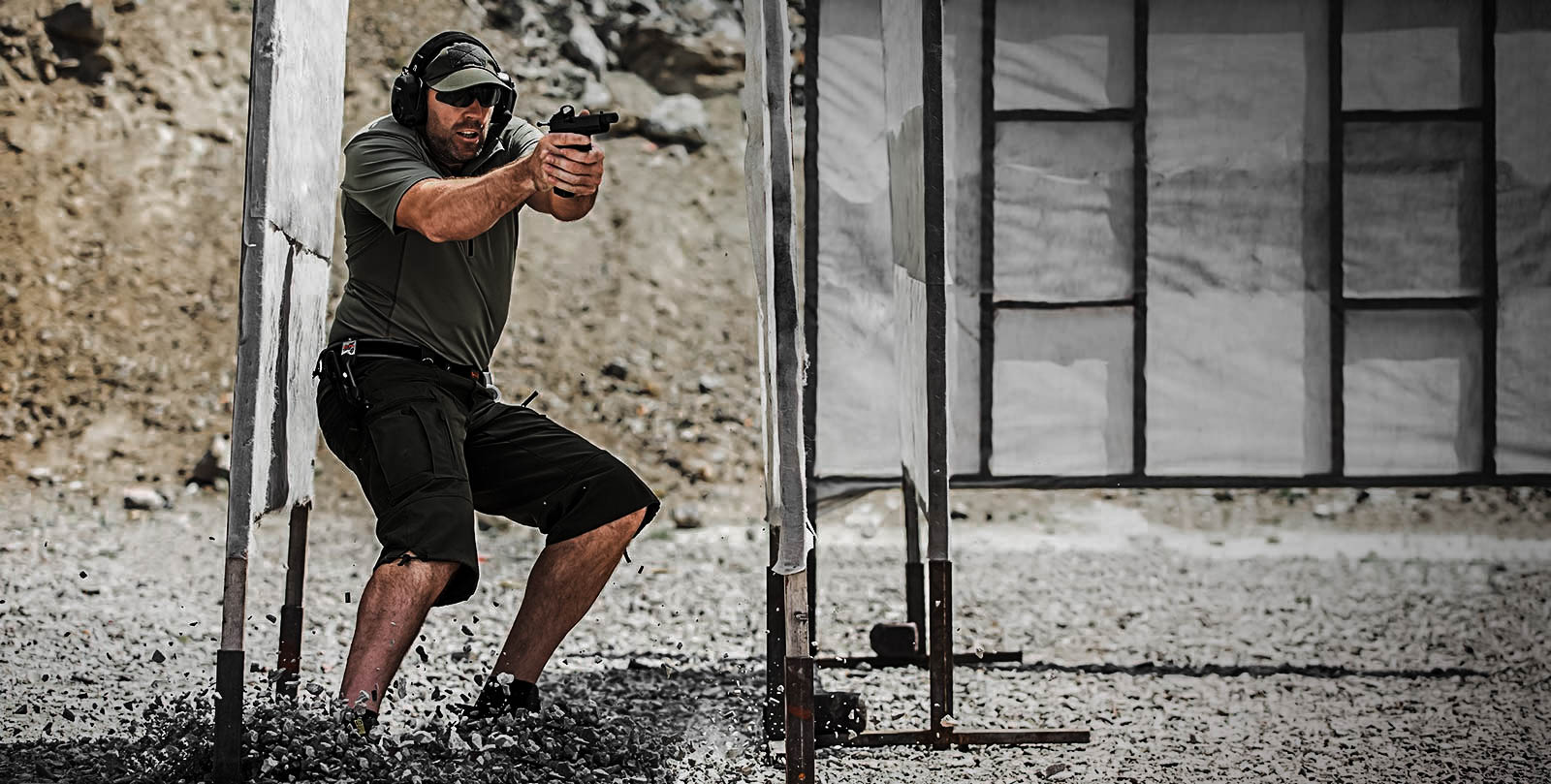
Shooting Attire
Dressing for your environment will ensure that you remain comfortable and don’t get fatigued by the elements. Best advice: Tuck in your shirt. Loose fabric can be dangerous when holstering and unholstering. Tucking in your shirt will help you keep a clean path on your draw and when you holster. If you’re shooting in an area that has a high UV index, consider covering any exposed skin from the sun. Overall, there aren’t any requirements for attire. Wear what you feel comfortable in and that allows you to wear your belt securely.
As I have stated previously, just bring what you have for your first matches, and the community will help you out. Gear isn’t as important when you’re starting out as long as you have the basics. Make sure you have a firearm, magazines, proper holster, magazine holders, and protective equipment like glasses and hearing protection (Ear Pro).
As you dive further into the competition world, you will start to understand the requirements of each of the divisions and gear associated with them. Your first goal should be getting to the range and participating in your first match.
RELATED – The ‘Freakin’, 12-Gauge’: The Only Gauge You Need
How To Sign Up
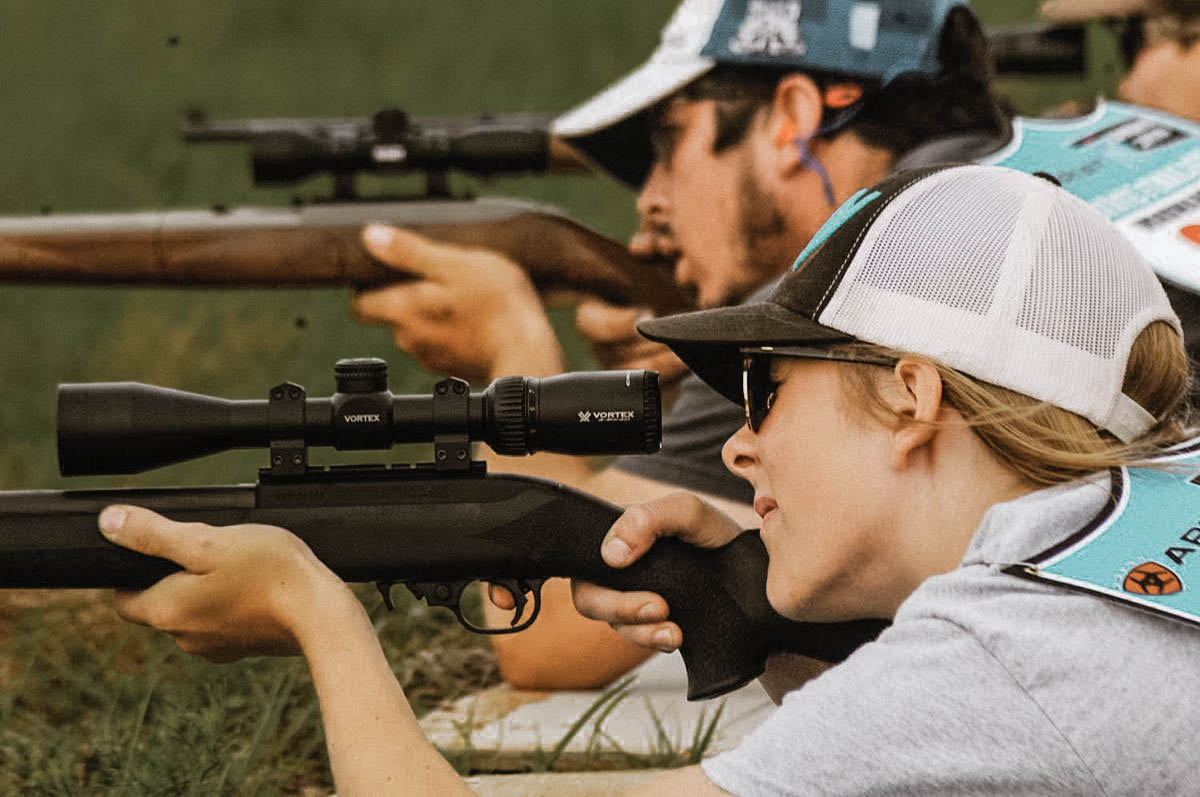
When I first started, I was completely ignorant of the sign-up process for competition. I first searched for local shooting ranges in the area. Next, I asked if they held any practical shooting competitions. Practical shooting encompasses shooting sports as a whole.
Typically, these ranges will have a calendar that shows all matches they host. Some ranges allow walk-ups without preregistering online. Most clubs use a website called PractiScore, which is also used by most practical shooting organizations.
When signing up online, it will ask for some personal information as well as what division and class you are in. If you’re unsure, make an educated guess. No matter what, reach out to the match director and inform them that you are a new shooter. They will let you know of any specific steps you might need to take for that specific club.
RELATED – How Shooting an MP5 Can Make You a Better Archer
Shooting in Your First Match

I recommend getting there early, so you have ample time to get ready. The first step should be to check in with the range or the match director, depending on how the club is set up. There is usually some sort of safety brief before the match. The match director will go over the range rules and the rules for that discipline.
DO NOT PUT YOUR GUN ON YOUR BELT WHILE AT YOUR VEHICLE. This is a common mistake among first-time match shooters. Ranges have a designated area for handling firearms. If you are handling or wearing your firearm outside of those designated areas, it could result in getting disqualified from the match. Match directors and range officers are there to make sure that the range is a safe environment. Listening to them will set you up for success.
Your first match is something that most of you will remember for the entirety of your competition career. A local match director from Pima Pistol Club in Tucson, Arizona, Zach Huff, said this regarding your first match: “Be safe, have fun, ignore the timer.” I couldn’t agree more.
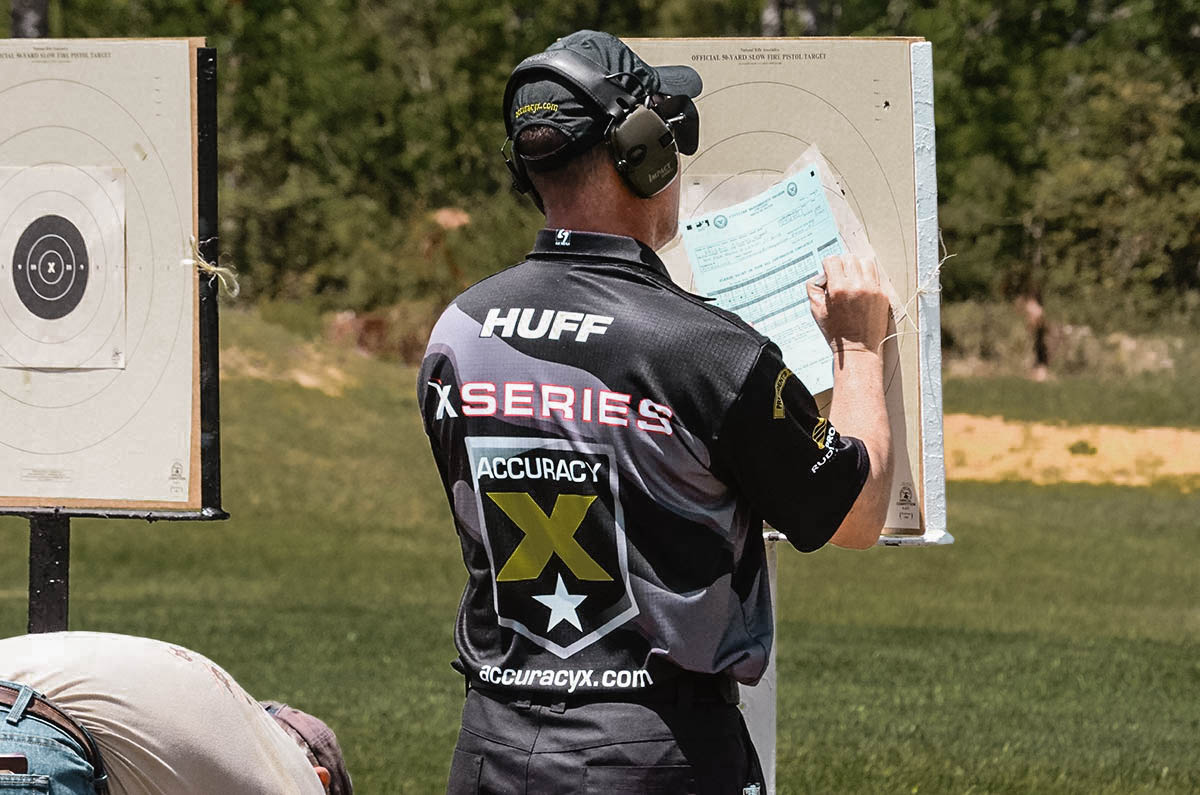
Your first match is about gaining experience and calming your nerves. When Zach says, “Ignore the timer…” he means you shouldn’t be concerned with getting through the course of fire at a competitive speed. Go as fast as you can safely. Keep solid control of your firearms, and adhere to all the rules of that discipline.
As you get more comfortable, start stepping up the pace. It’s fun being able to test your skills and abilities. As you continue to shoot, you will have identifiable matrices to measure your growth. This is where the sport can become addicting.
The road to self-improvement is endless, and training is only limited by time and money. Competition is a practical application to improve your skills as a competition shooter.
This content was originally posted by Fieldcraft Survival in October 2020.
READ NEXT – Meet Olympic Biathlete’ Lanny Oakley,’ Who’s Gone Full Tactical

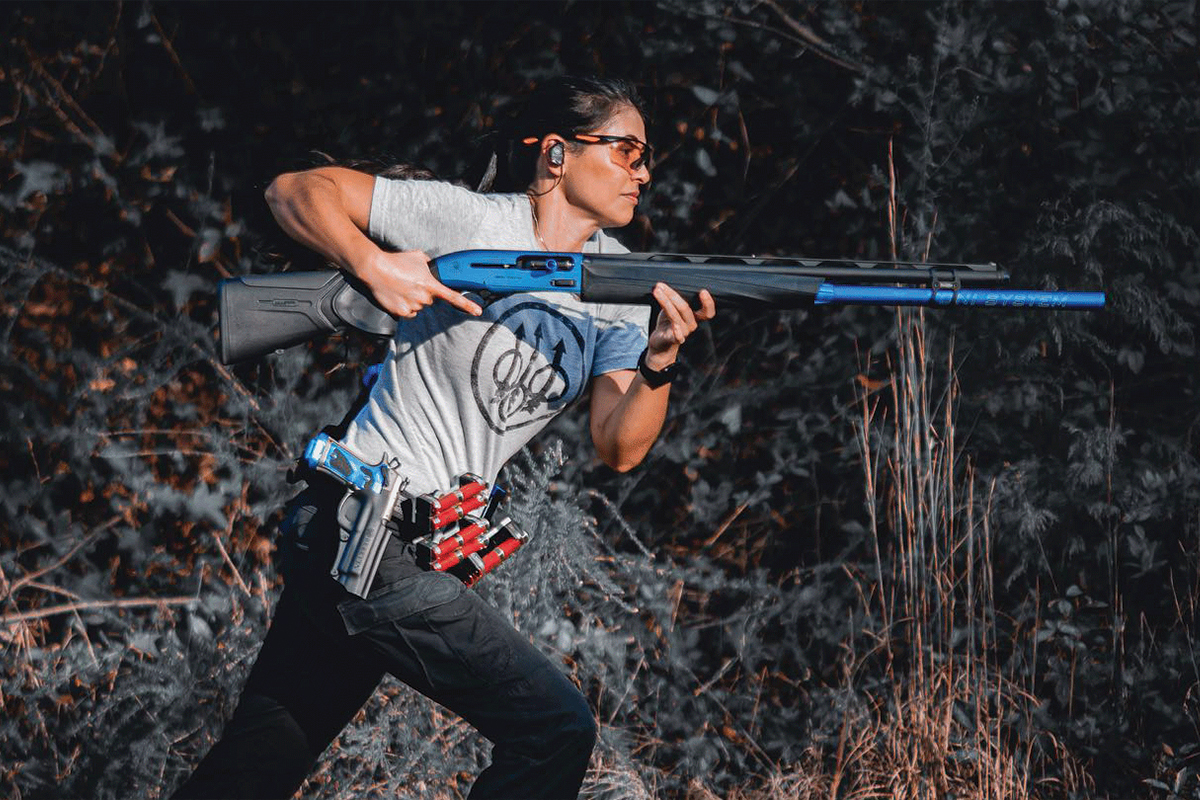

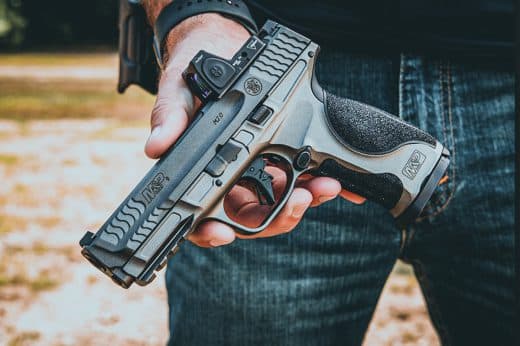
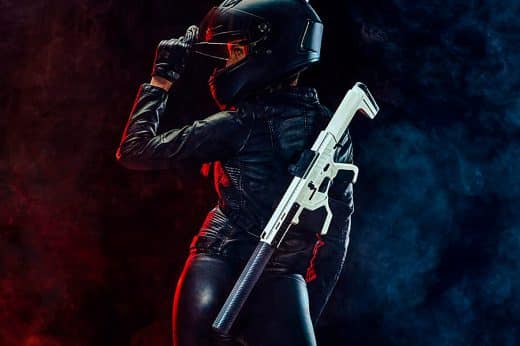
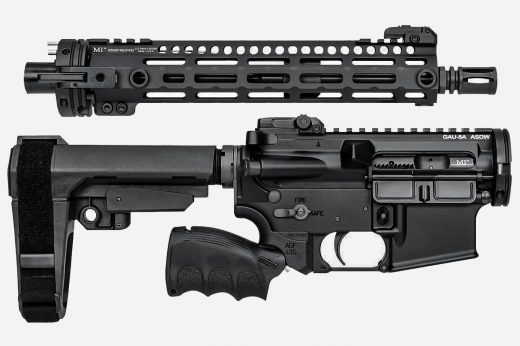


Comments